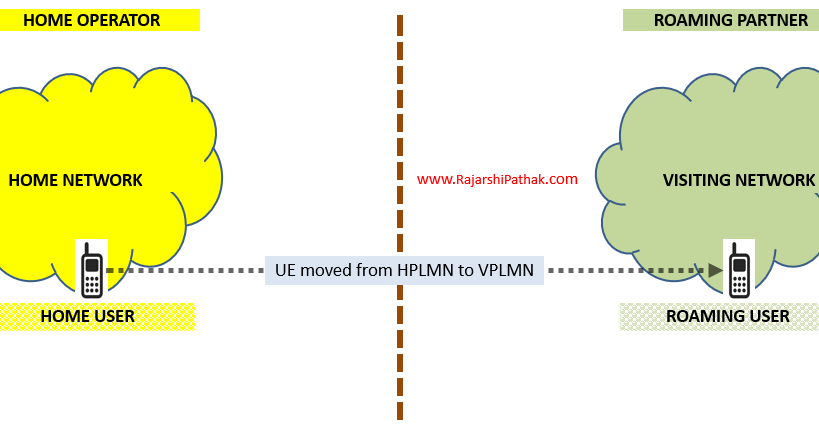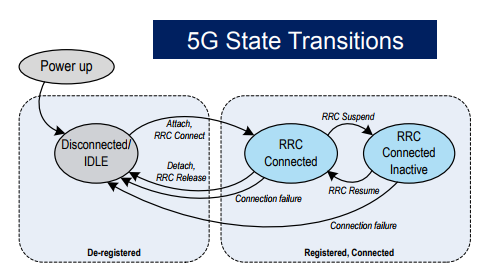vNRF in Visited PLMN: Understanding Its Role in Network Roaming
telcomatraining.com – In the modern communication era, mobile network roaming is a crucial aspect for users who frequently travel abroad. To ensure seamless connectivity, various technologies have been implemented in telecommunication infrastructure, one of which is the virtual Network Repository Function (vNRF) in the Visited Public Land Mobile Network (PLMN). This article explores the vital role of vNRF in Visited PLMN and how it enhances efficiency and security in network roaming.
What is vNRF?
vNRF (virtual Network Repository Function) is a key component in the 5G network architecture that acts as a repository for network information. This technology is used to store and manage data related to network functions and provide essential information to other elements in the system.
In the context of Visited PLMN, vNRF plays a crucial role in exchanging information between the home network (Home PLMN) and the destination network (Visited PLMN). With vNRF, network operators can manage information more efficiently, enhance interoperability, and optimize the roaming experience for users.
The Role of vNRF in Visited PLMN
- Optimizing Network Data Management
vNRF enables more efficient network data management by providing a centralized platform to store information related to network functions. This is highly beneficial for operators in Visited PLMN to ensure that required data is available in real-time. - Enhancing Security and Authentication
Security is a primary concern in network roaming. vNRF supports authentication processes by providing crucial information that allows the visited network to verify user identity without directly communicating with the Home PLMN. This accelerates the registration process and reduces the risk of data misuse. - Improved Interoperability
In the global network ecosystem, operators from different countries use varied infrastructures. vNRF acts as an intermediary that facilitates interoperability between networks by providing standardized data that can be utilized by various service providers. - Efficient Utilization of Network Resources
With vNRF, Visited PLMN can avoid data duplication and optimize the use of network resources. This allows better bandwidth allocation and reduces latency, enhancing user experience during roaming. - Supporting 5G Network Implementation
As part of the 5G architecture, vNRF plays a significant role in supporting next-generation network functionality. This technology enables better integration between different network elements, ensuring a more stable and reliable service for users.
Impact of vNRF on Users and Operators
For Users
- Faster and more stable roaming connections.
- A more secure roaming experience with improved authentication processes.
- Lower latency while using data services.
For Network Operators
- More efficient customer data management.
- The ability to offer premium roaming services with better performance.
- Reduced operational costs through network resource optimization.
Conclusion
vNRF in Visited PLMN is a critical innovation that enhances the efficiency and security of mobile network roaming. Through its role in data management, authentication, interoperability, and resource optimization, this technology is essential for operators in providing the best experience for users traveling abroad.
With the continued advancement of 5G technology, the implementation of vNRF will become more extensive and sophisticated, enabling networks that are more adaptive and responsive to global customer needs. For mobile operators, understanding and adopting this technology can be a strategic move to increase competitiveness in the telecommunications industry.






